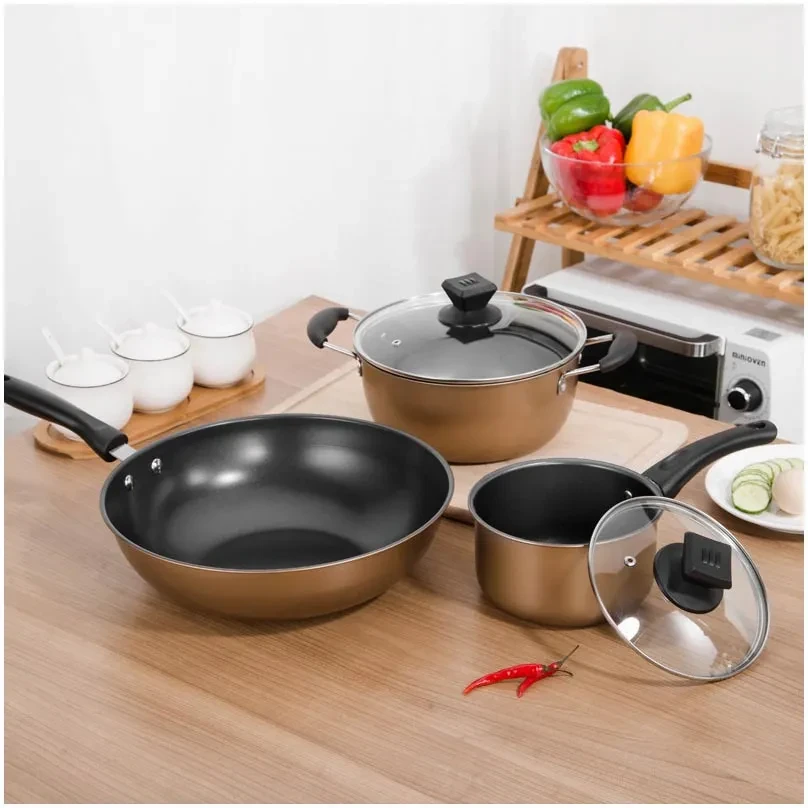
Cooking Pots
Description
Material : Metal
Product Attributes : Ordinary, Oversize
Package Size : 600*165*327(1mm)
Product information:
Material: cast iron
Style: light luxury
Features: non-stick pan
Set configuration: three-piece cookware set
Size Information:
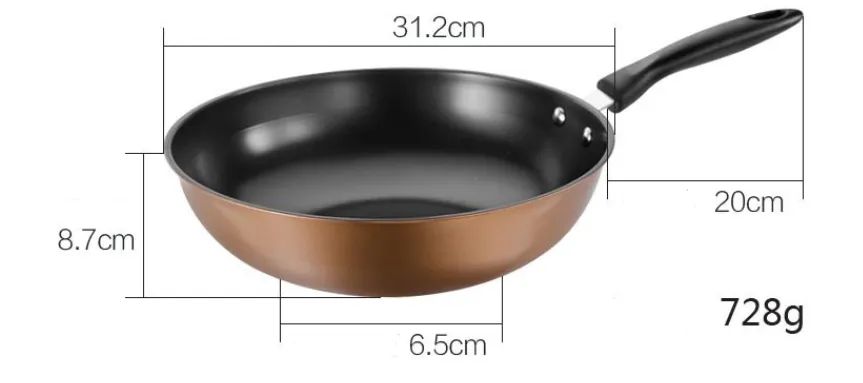
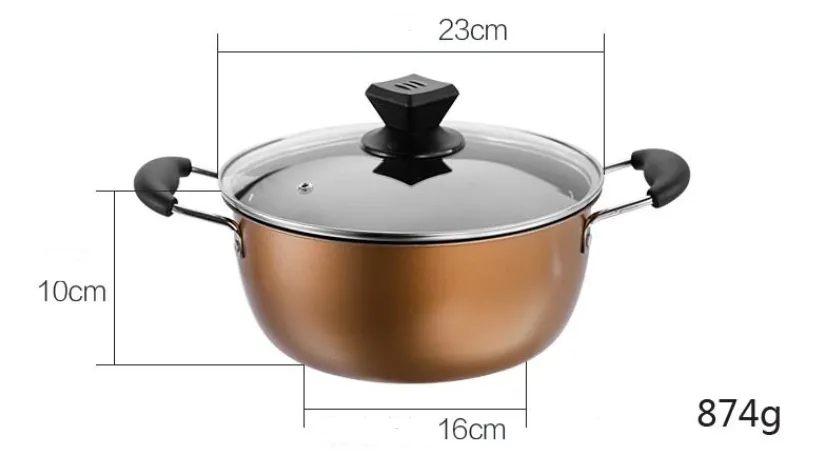
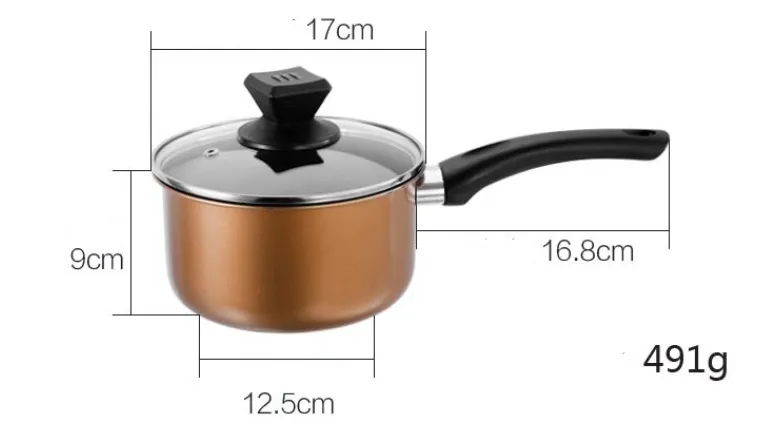
Packing list:
Soup pot*1+Milk pot*1+Wok*1
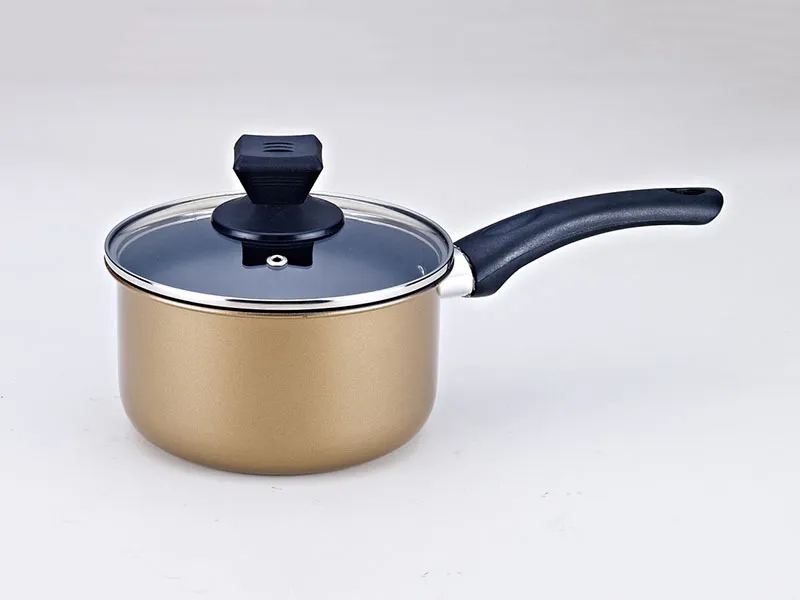
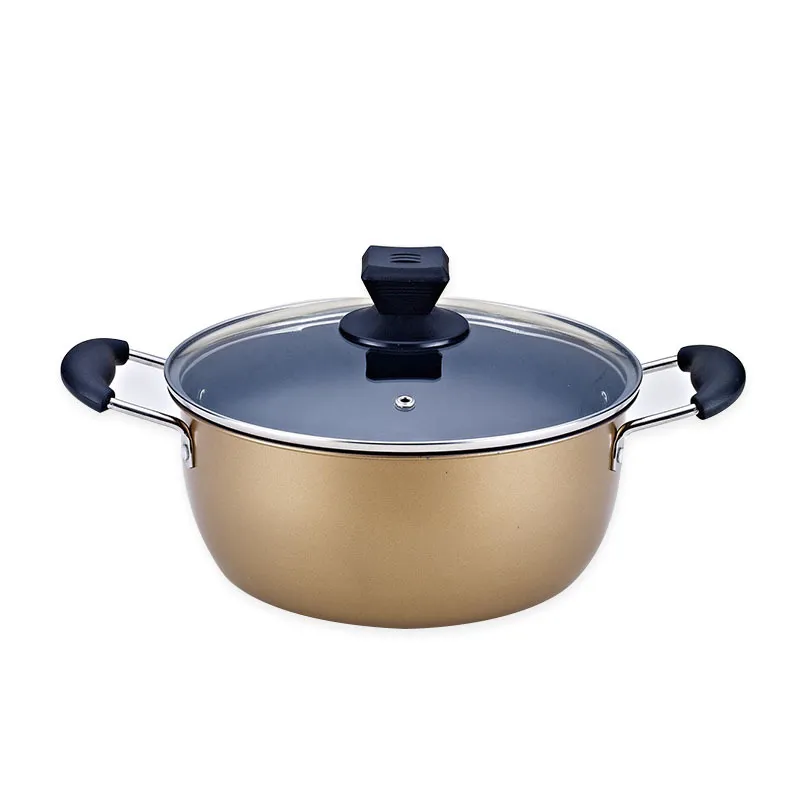
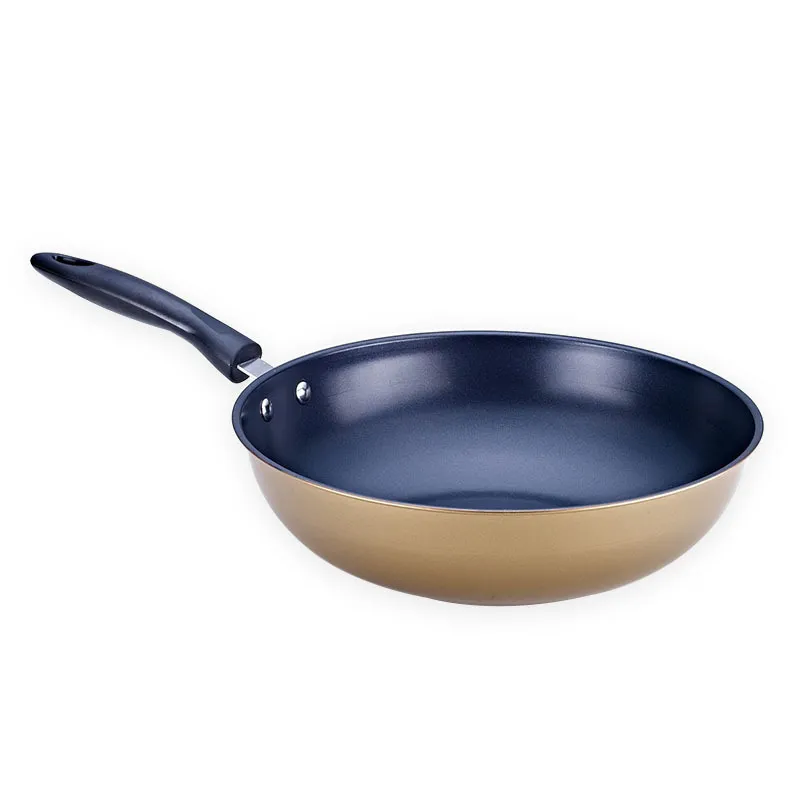
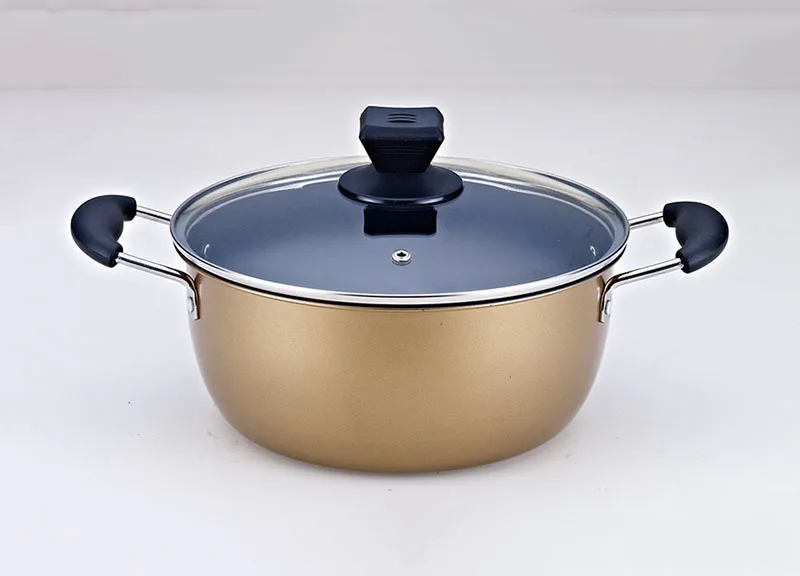
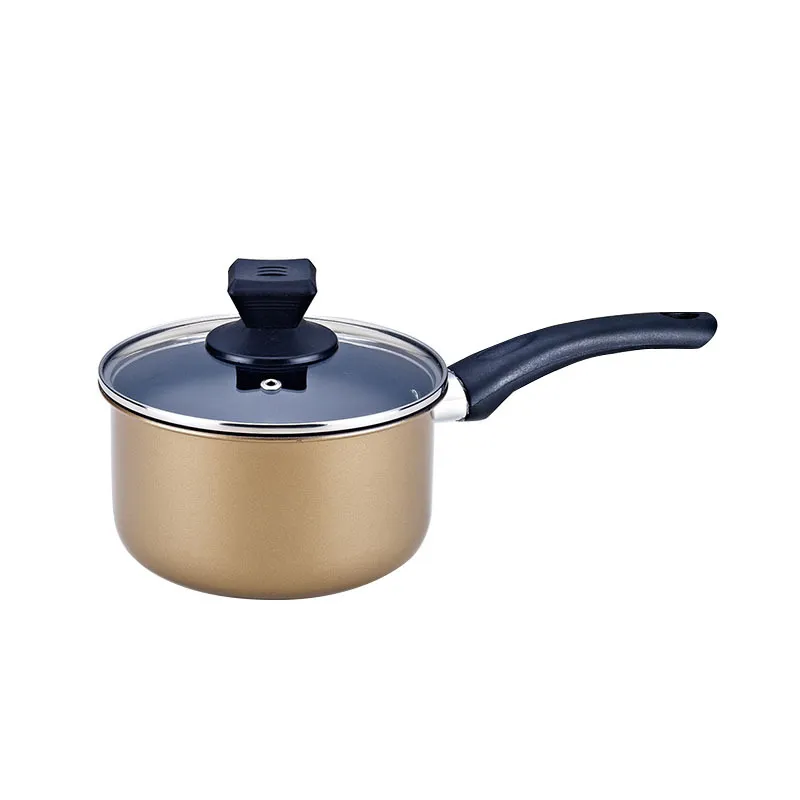
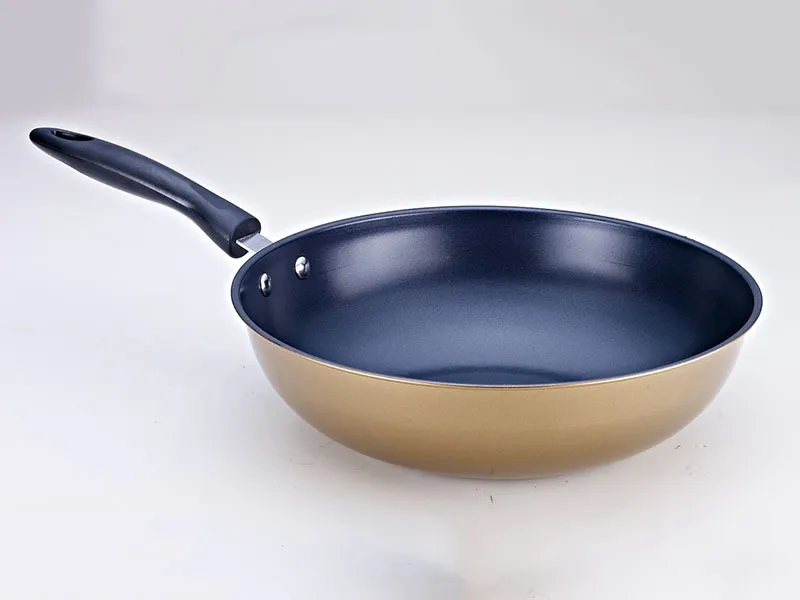
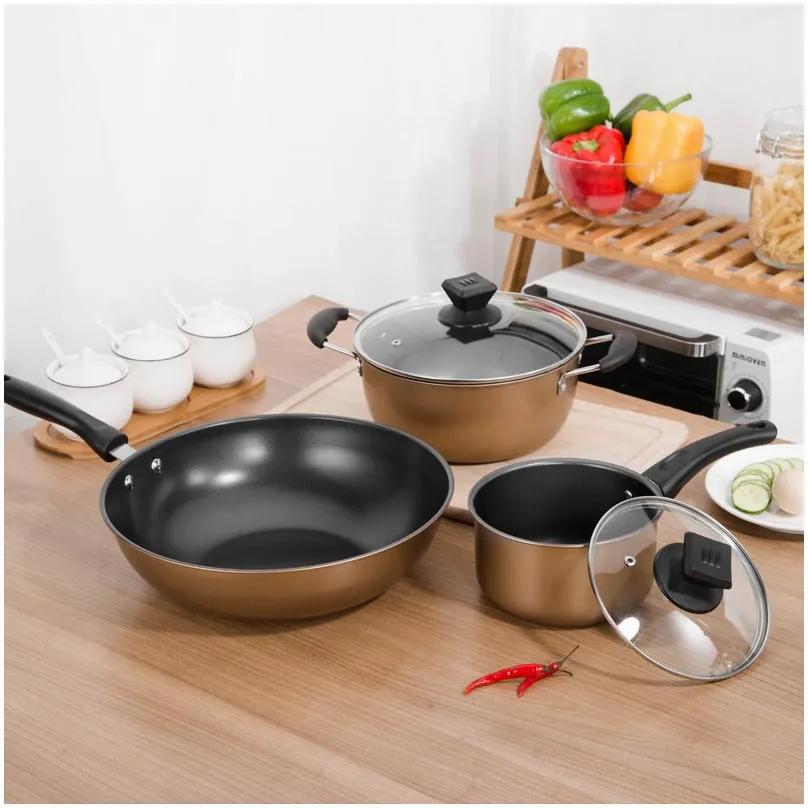
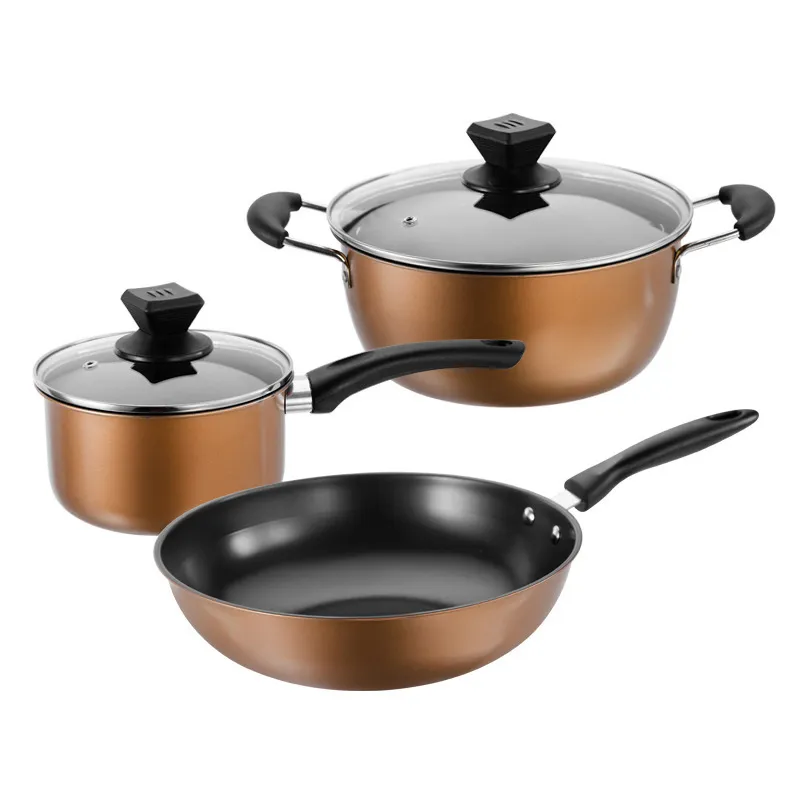
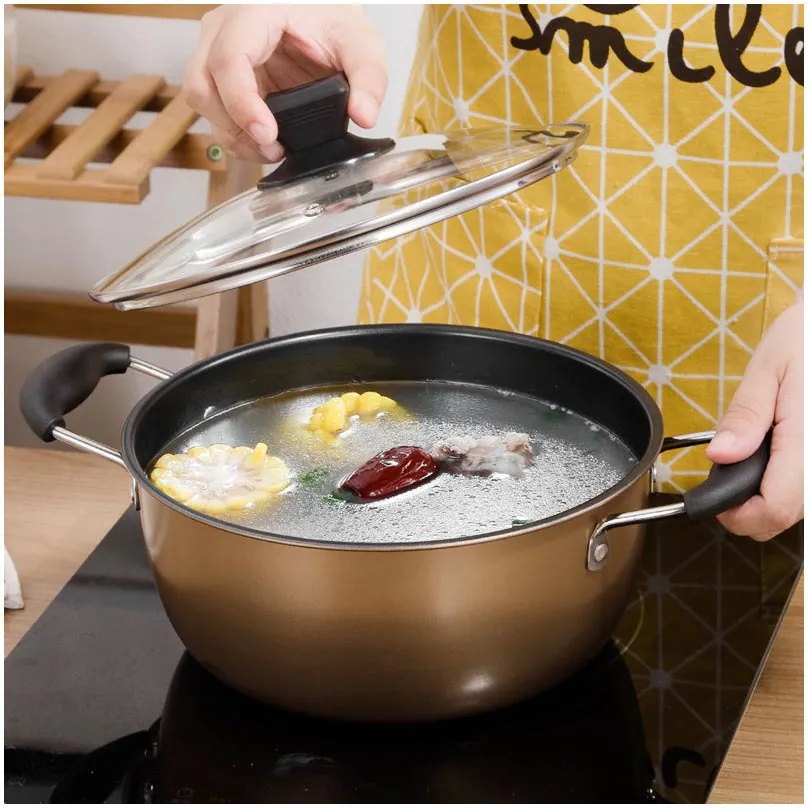
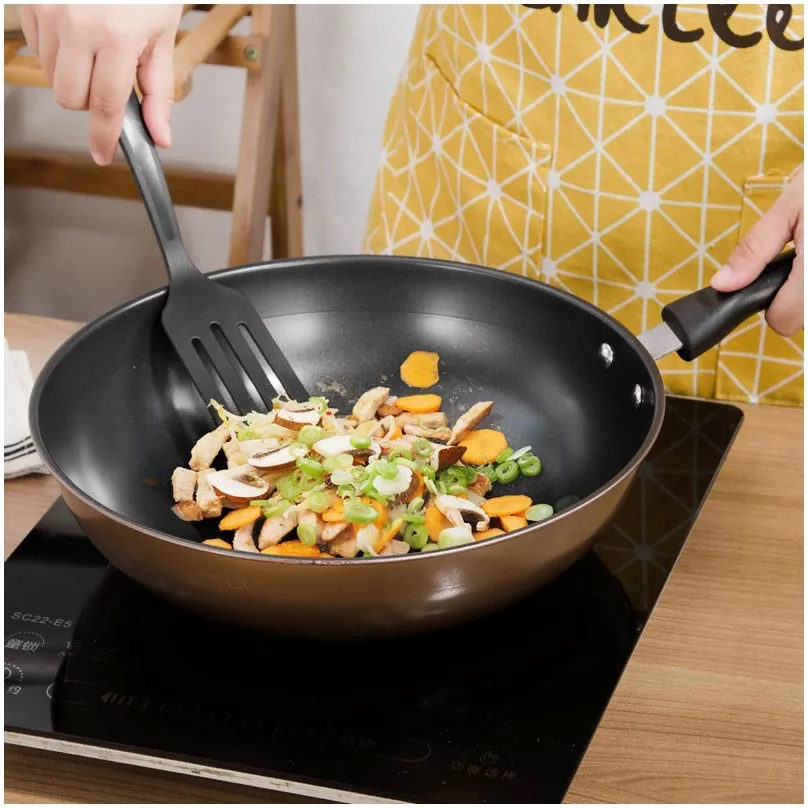
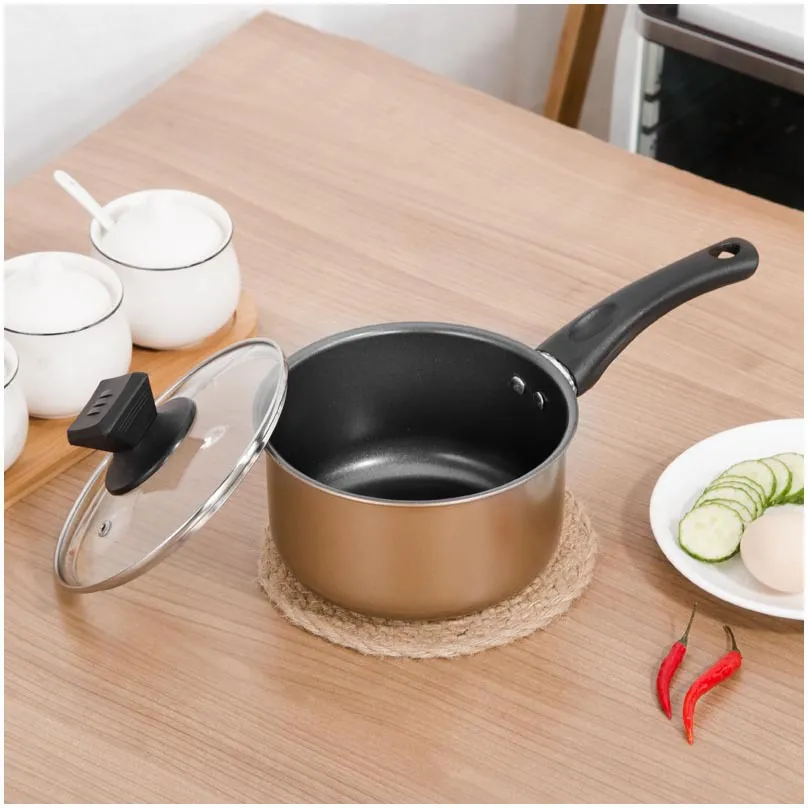
Cooking Pots NZ: The Essential Kitchen Tool for Every Meal
Introduction
In New Zealand, where fresh, local ingredients are abundant, a cooking pot is one of the most versatile and indispensable kitchen tools. Whether you're simmering a hearty stew, preparing a savory soup, or boiling vegetables, having the right cooking pot ensures efficient cooking, better flavor, and quicker results. Available in a range of sizes, materials, and styles, the perfect cooking pot can elevate your home cooking experience. This guide explores the key features, benefits, and reasons why investing in quality cooking pots is essential for your kitchen.
Key Features of a Quality Cooking Pot
1. Material Construction
The material of your cooking pot plays a crucial role in heat distribution, cooking time, and food quality. Common materials for cooking pots include:
-
Stainless Steel: Known for its durability, resistance to rust, and easy-to-clean surface. Stainless steel is perfect for
everyday cooking and offers even heat distribution.
-
Cast Iron: Offers excellent heat retention, making it perfect for slow cooking and braising. Many cast iron pots come with
enamel coatings for easy maintenance.
-
Aluminum: Lightweight and heats up quickly. It’s often coated with a non-stick layer for easy food release and cleaning.
-
Copper: Known for its superior heat conductivity, copper pots allow precise temperature control but are often lined with
stainless steel to prevent reactions with food.
-
Non-stick Coated Pots: These are great for low-fat cooking, allowing you to cook with less oil while making cleanup a
breeze.
2. Size and Capacity
Cooking pots come in various sizes to meet the needs of different households, from small personal-sized pots to large family-sized ones. A good set should include multiple sizes:
- Small Pots (1-2L): Ideal for making sauces, boiling eggs, or preparing a small batch of soup.
- Medium Pots (3-4L): Perfect for cooking pasta, stews, or soups for 2-4 people.
-
Large Pots (5L and above): Perfect for cooking large quantities of food, such as making stock, boiling vegetables, or
cooking meals for a larger group.
3. Heat Resistance and Handles
A comfortable, heat-resistant handle is essential for safety and ease of use. Look for pots with ergonomically designed handles that are sturdy enough to support the weight of the pot when filled with food.
- Heatproof Handles: Ensure safe handling during cooking.
- Lid Handles: Many cooking pots feature easy-to-grip knobs or handles on their lids for added convenience.
4. Lid Design
A lid is crucial for retaining heat, preventing spills, and speeding up the cooking process. Some high-end cooking pots come with glass lids, which allow you to monitor your food as it cooks without lifting the lid.
- Tight-Fitting Lids: Prevents steam from escaping, improving cooking efficiency.
- Tempered Glass Lids: Ideal for monitoring the cooking process without letting heat escape.
5. Dishwasher-Safe
Many modern cooking pots are dishwasher-safe, making them easier to clean after cooking. However, some materials like cast iron require hand washing to preserve the seasoning.
-
Easy Cleanup: Pots made from stainless steel or non-stick materials are often dishwasher safe, reducing the effort required
for cleaning.
-
Long-Term Maintenance: Cast iron pots should be washed by hand and seasoned regularly to maintain their non-stick
properties and prevent rusting.
Benefits of Using a Quality Cooking Pot
1. Even Heat Distribution
Good cooking pots are designed to ensure that heat is distributed evenly across the cooking surface. This reduces hot spots and ensures that your food is cooked thoroughly and uniformly.
-
Consistent Cooking: Even heat distribution ensures that your ingredients are cooked perfectly, whether you're simmering a
soup or boiling pasta.
- Time and Energy Efficiency: Cooking pots that heat quickly reduce cooking times and use less energy.
2. Durability and Longevity
Investing in a high-quality cooking pot means you’ll get a product that lasts for years. Stainless steel, cast iron, and aluminum are materials known for their durability, and with proper care, they can last a lifetime.
-
Long-Term Investment: Durable cooking pots save you money in the long run as you won't need to replace them frequently.
-
Scratch-Resistant: Many cooking pots, especially those made of stainless steel and cast iron, are resistant to scratches
and dents, even with frequent use.
3. Versatility in Cooking
From boiling and simmering to sautéing and stewing, a good cooking pot can handle multiple cooking techniques. This versatility allows you to experiment with different recipes and cooking styles, whether you're making a quick weeknight dinner or preparing a special occasion feast.
- All-in-One Tool: Use it for soups, stews, curries, and even frying.
- Perfect for Slow Cooking: Cast iron and enamel-coated pots are ideal for slow cooking or braising.
4. Healthier Cooking
With a non-stick coating or by using less oil, cooking pots allow you to prepare healthy meals with minimal fat. For example, non-stick coated pots are ideal for cooking with little to no oil, making them a great option for healthy meals.
-
Low-Fat Cooking: Non-stick surfaces allow you to cook with less fat while still achieving a good sear or brown on food.
-
Nutrient Preservation: Pots that distribute heat evenly ensure that your ingredients are cooked at the right temperature,
preserving nutrients.
5. Aesthetically Pleasing
Cooking pots made from materials like cast iron and enamel-coated steel often have a rustic or vintage charm, making them a stylish addition to any kitchen. Whether you're cooking for guests or hosting a family meal, these pots add sophistication to your cooking setup.
- Beautiful Design: Available in various colors and finishes to match your kitchen decor.
- Timeless Style: Cast iron and enamel-coated pots offer a classic aesthetic.
Why Choose a Cooking Pot for Your Kitchen?
- Versatility: Perfect for various cooking methods, from soups and stews to frying and sautéing.
- Durability: Made from high-quality materials for long-term use, saving you money over time.
- Healthier Cooking: Low-fat cooking options with non-stick surfaces that require little to no oil.
- Energy-Efficient: Quickly heats up and uses less energy than other cookware, saving you time and money.
-
Stylish and Functional: A beautiful, classic piece that adds elegance to your kitchen while offering practicality.
How to Use Your Cooking Pot: Step-by-Step Guide
-
Choose the Right Pot: Select the appropriate size and material for your cooking needs. For example, use a larger pot for
soups and a smaller one for boiling pasta.
- Prepare Ingredients: Chop your vegetables, meats, and other ingredients as needed.
- Heat the Pot: Place your pot on the stovetop and heat it according to your recipe.
- Add Ingredients: Once the pot is heated, add your ingredients and begin cooking.
-
Simmer or Boil: Let your ingredients simmer or boil as needed, stirring occasionally to ensure even cooking.
- Serve: Once your meal is ready, serve and enjoy the delicious results.
Conclusion
A high-quality cooking pot is an essential tool for any New Zealand kitchen. With versatile uses, durable construction, and an easy-to-clean design, a cooking pot ensures that every meal is prepared to perfection. Whether you are cooking for one or feeding a family, a great cooking pot enhances both your cooking efficiency and the taste of your meals. Investing in a quality pot will not only improve your kitchen experience but also last for years, making it a smart addition to your cookware collection.
The product may be provided by a different brand of comparable quality.
The actual product may vary slightly from the image shown.
Shop amazing plants at The Node – a top destination for plant lovers

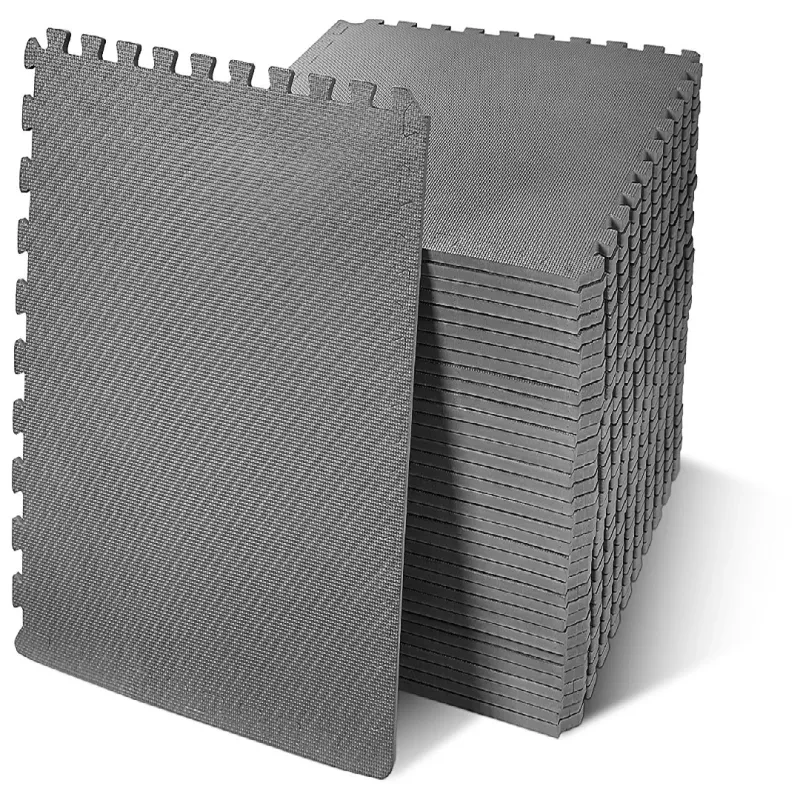



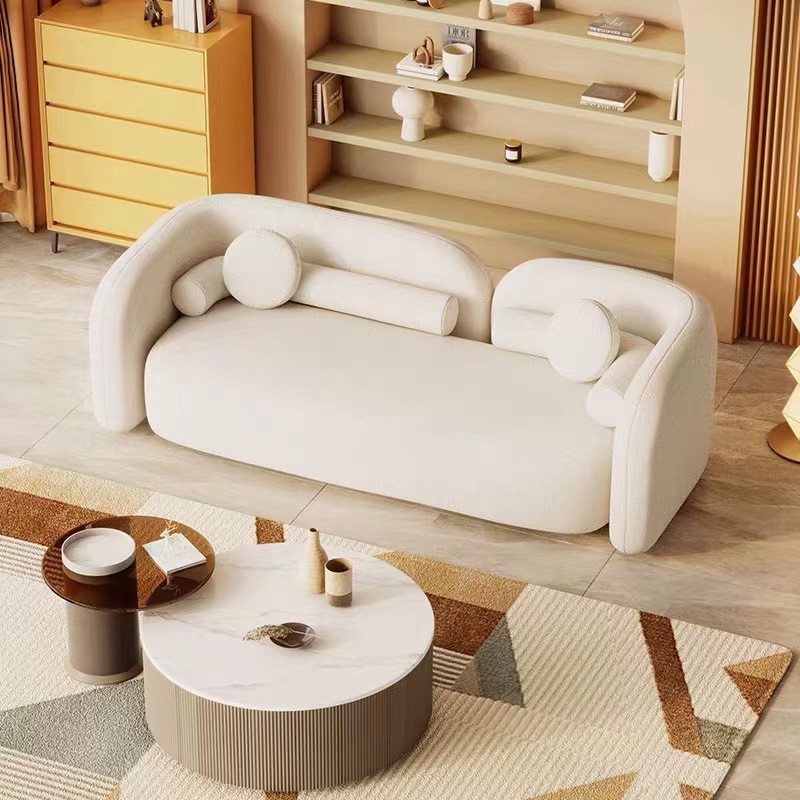

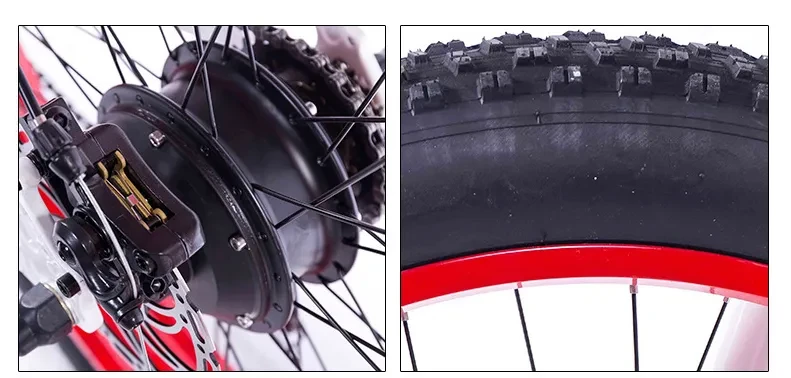

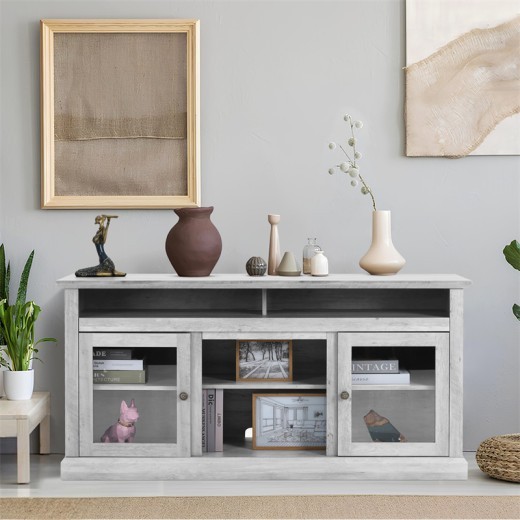
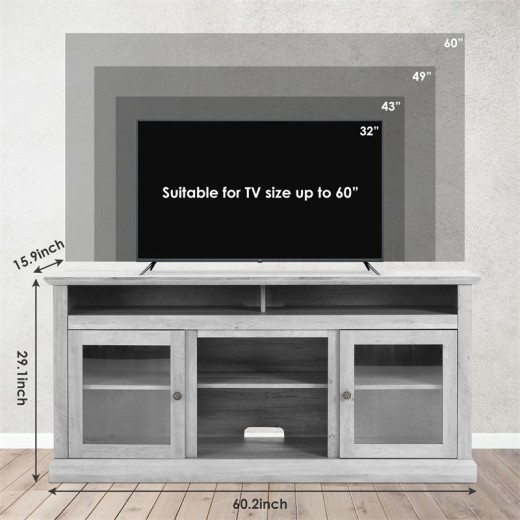
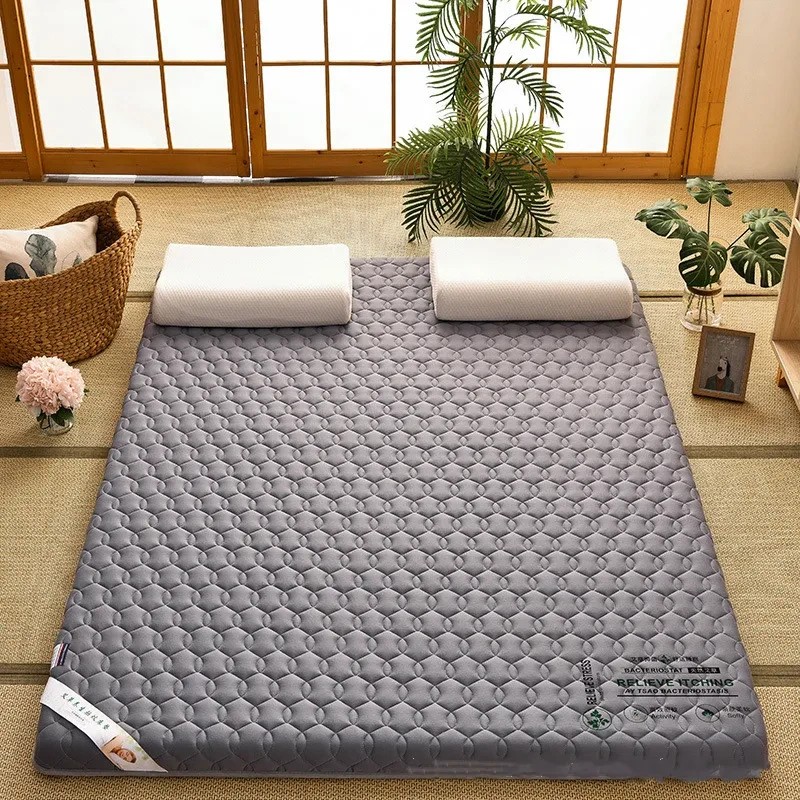
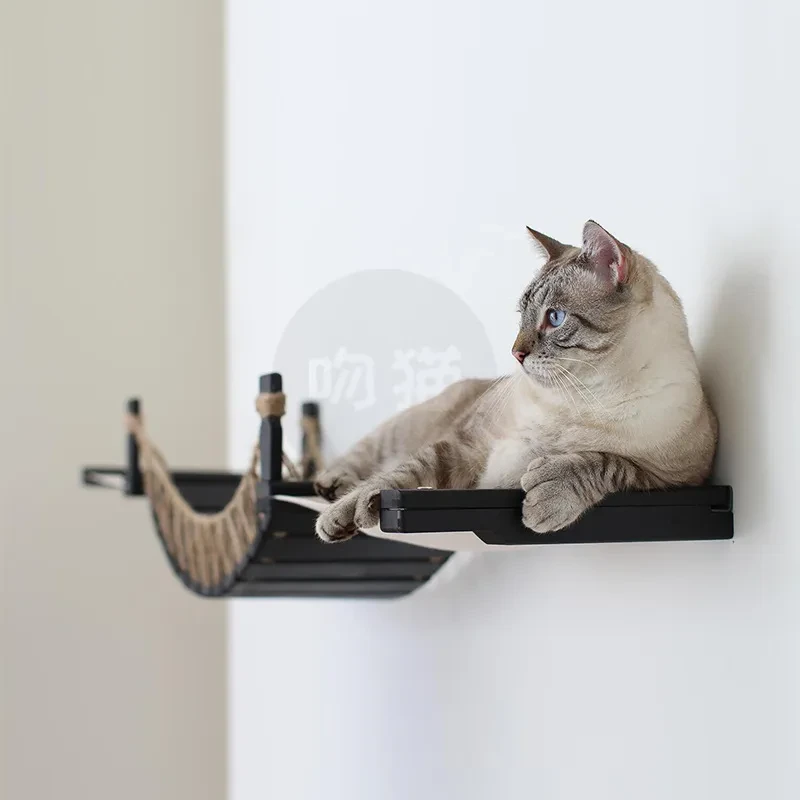









.jpg)
















































ulva-Logo.jpg)
